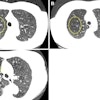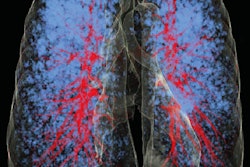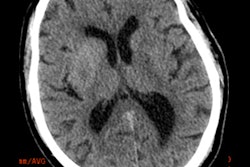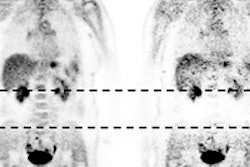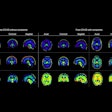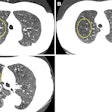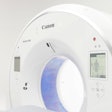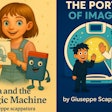Dear CT Insider,
CT has become one of the most widely used tools for evaluating the lung parenchyma, but there is an ongoing debate over the potentially harmful effects of CT radiation.
Researchers from Zurich have addressed these concerns over dose and their latest study looks set to have a major effect on the current situation. Their new study showed a CT protocol using tin filtration and iterative reconstruction reduces radiation dose levels to the equivalent of a chest x-ray for lung volumetry and also the detection and quantification of emphysema. Get the full details here.
In stroke patients, CT serves as a complementary imaging technique for cardiac assessment after echocardiography. Also, support is growing for early cardiac and extracranial vascular CT angiography, in addition to brain CT angiography, during the evaluation of patients with acute ischemic stroke.
But what do radiologists really need to know about cardiac findings in stroke? An award-winning Spanish team has provided some answers. To find out more, click here.
Combining PET and CT accounts for a significant proportion of the daily workflow in a number of imaging departments across the world, but a more coherent strategy for hybrid imaging is needed, writes Dr. Arturo Chiti, a nuclear medicine specialist from Milan. He has proposed a four-point plan of action. Click here to learn more.
Use appropriate and variable grayscale settings when evaluating CT studies so images have an appropriate contrast resolution to optimize the visualization of pathologic findings. This is one of 15 practical tips from Spanish radiologists about how to minimize errors. For the full story, click here.
This letter highlights just a few of the many articles posted in the CT Community. For the full list, please check out the lineup below.



